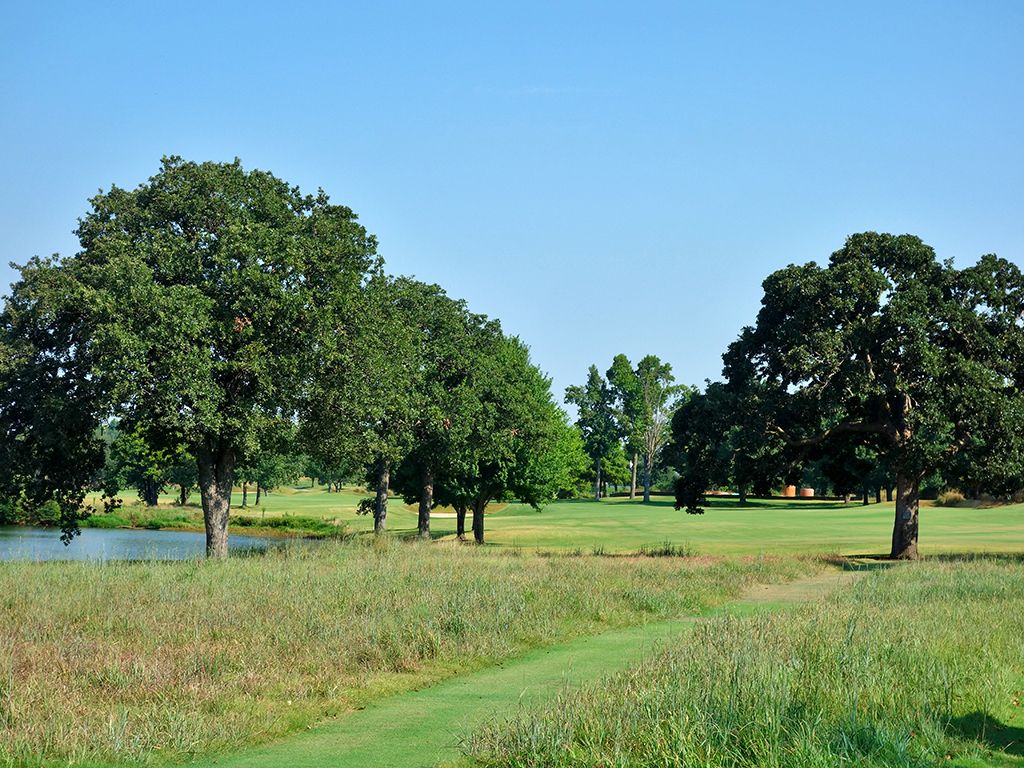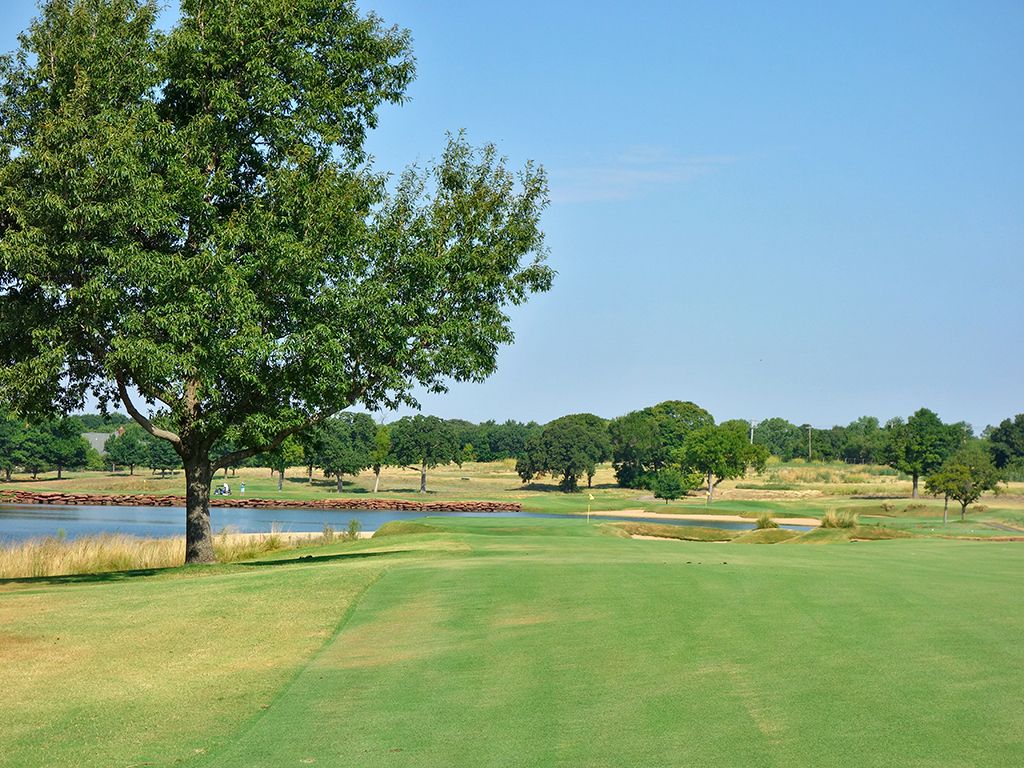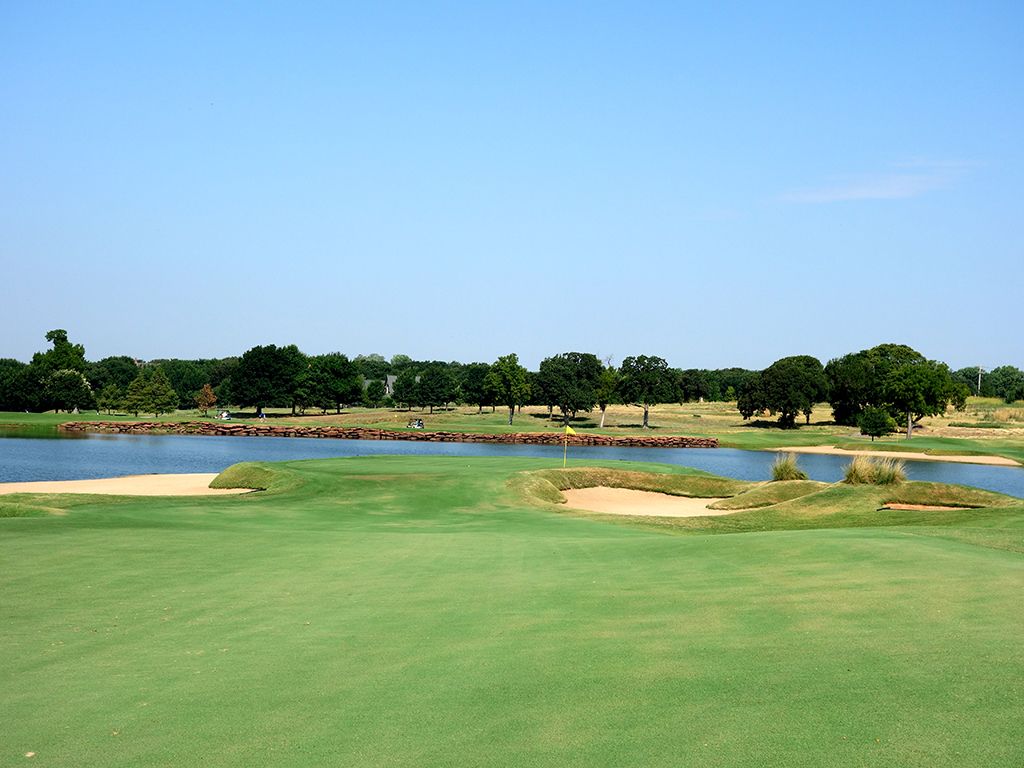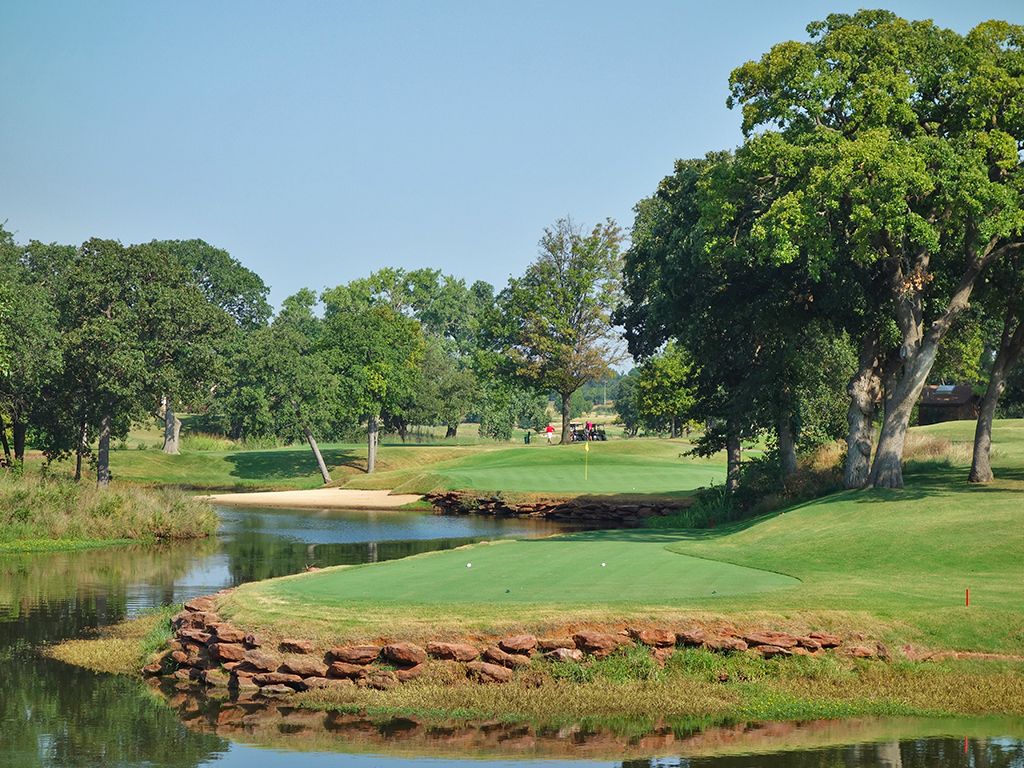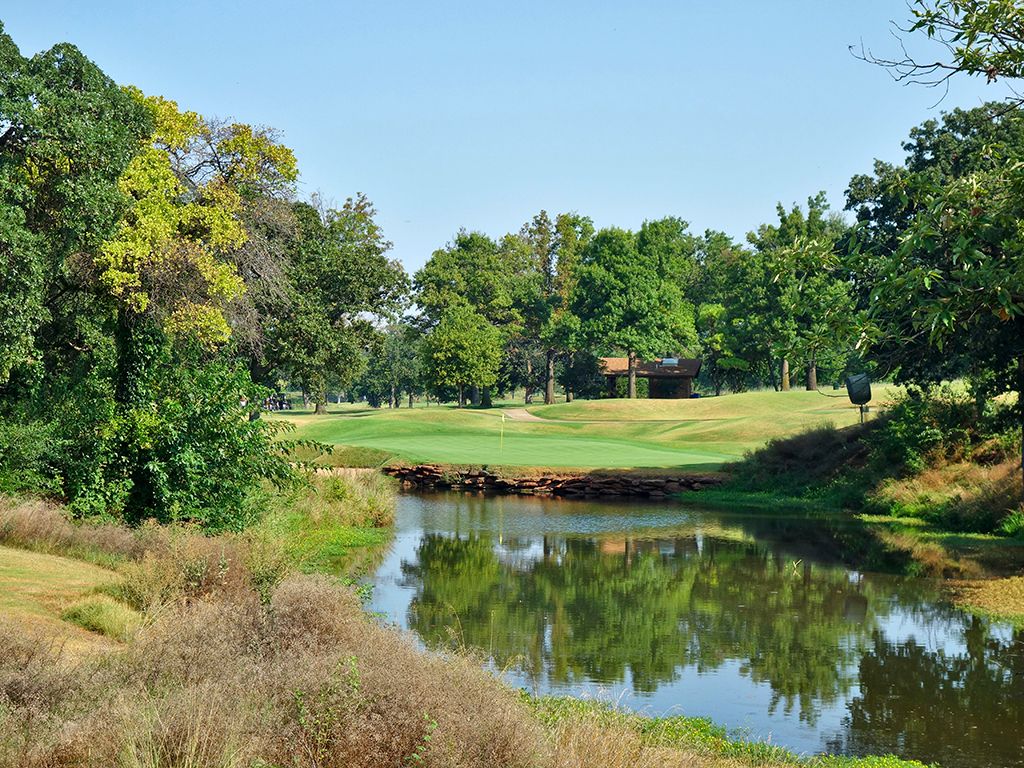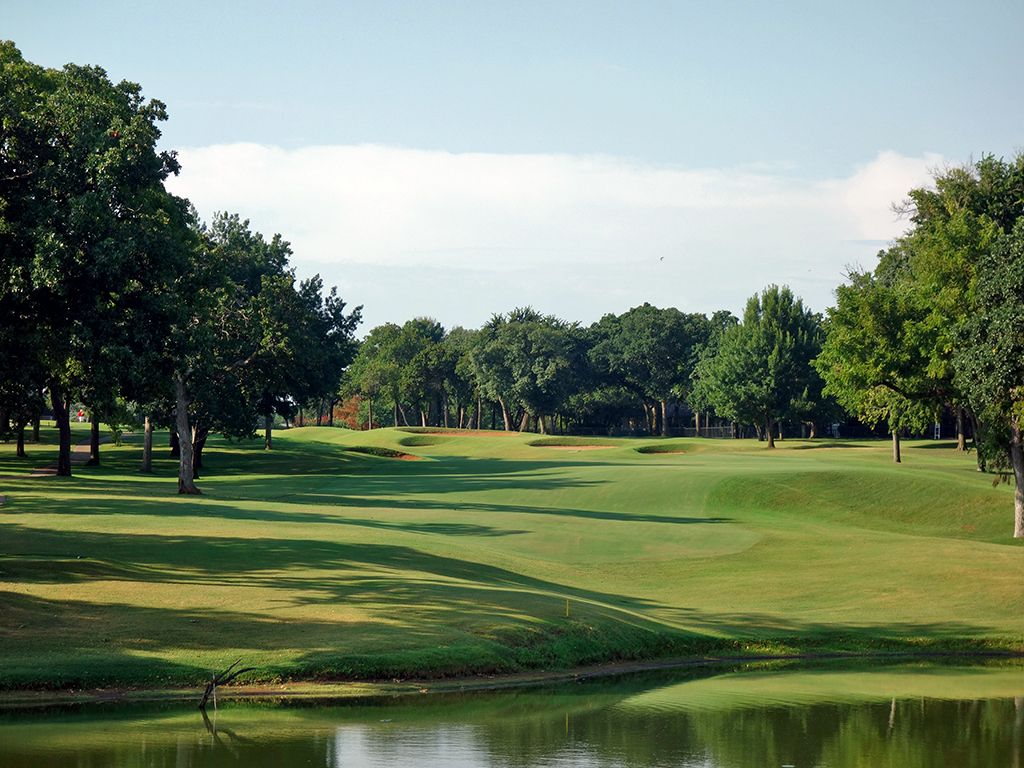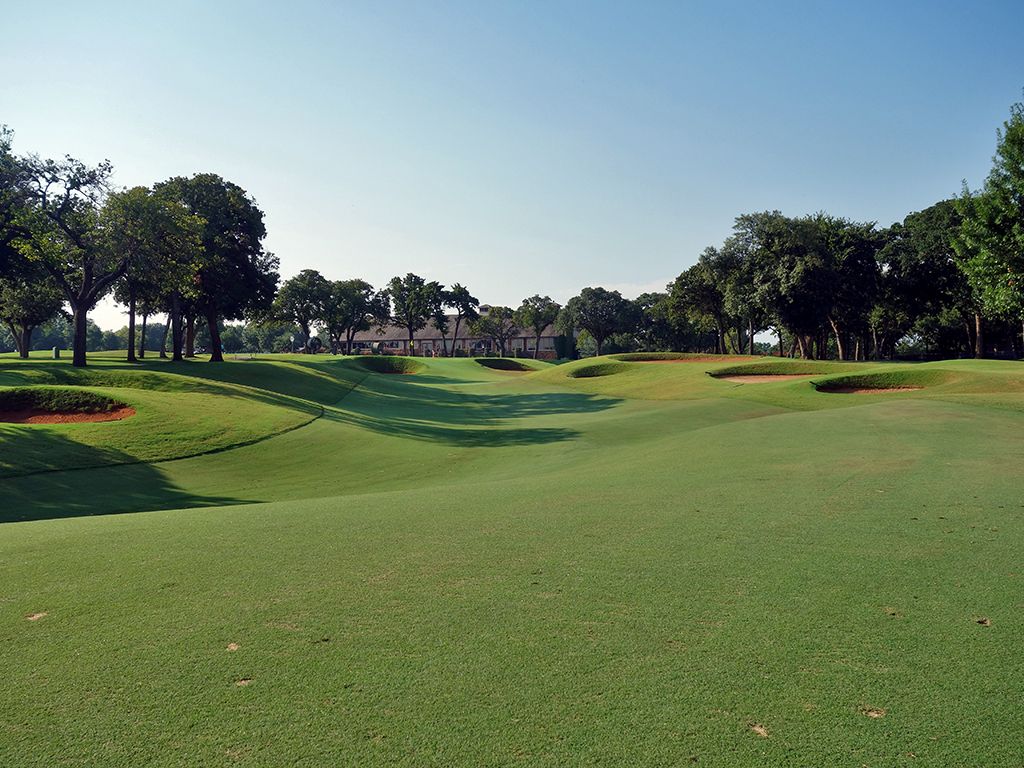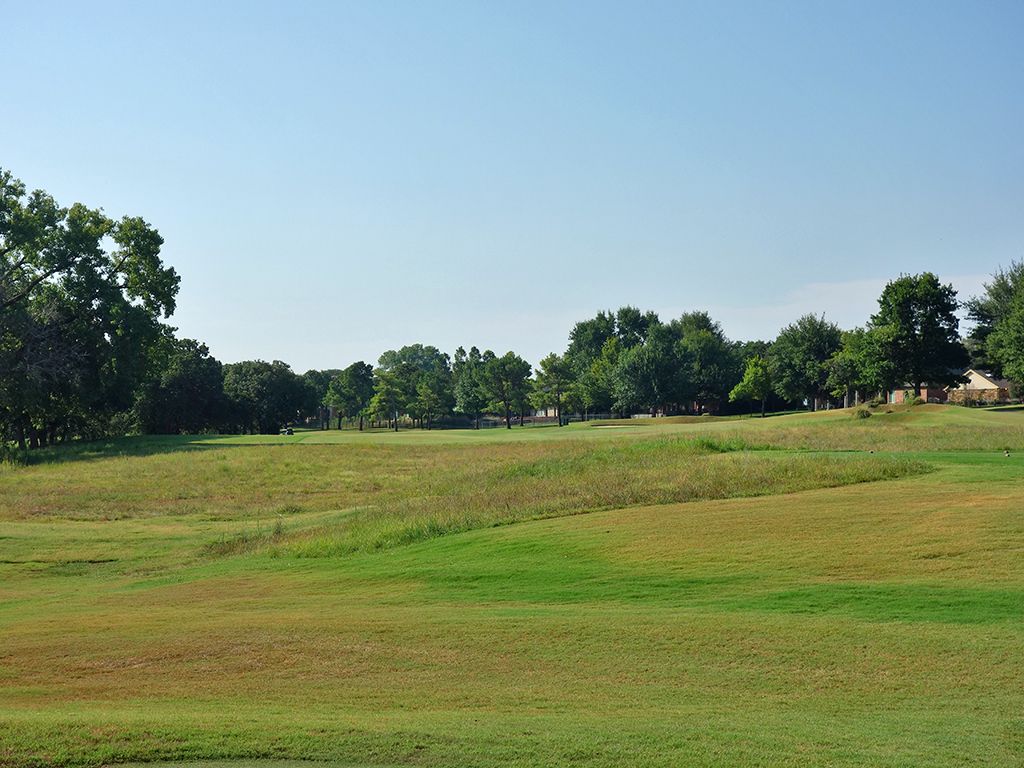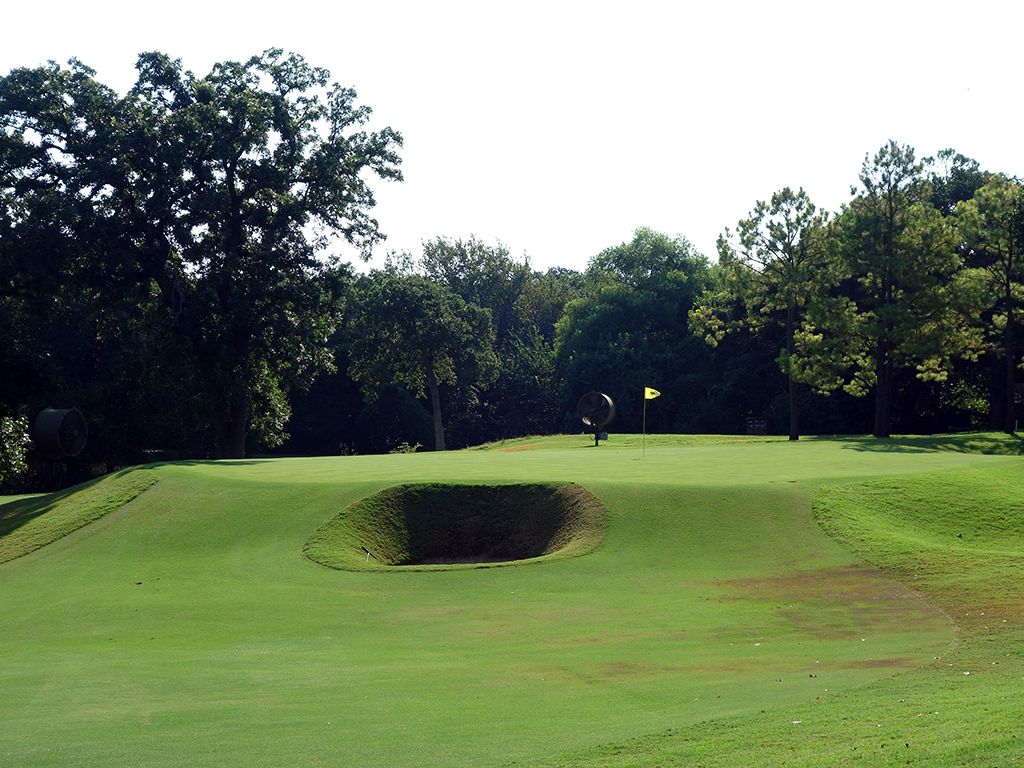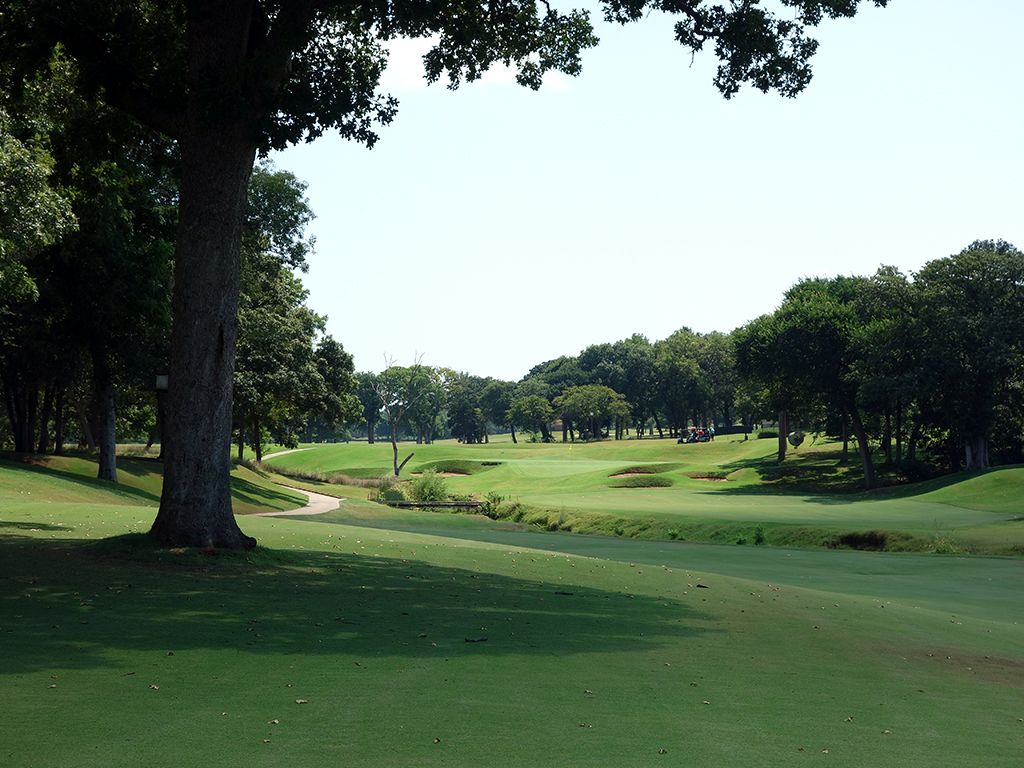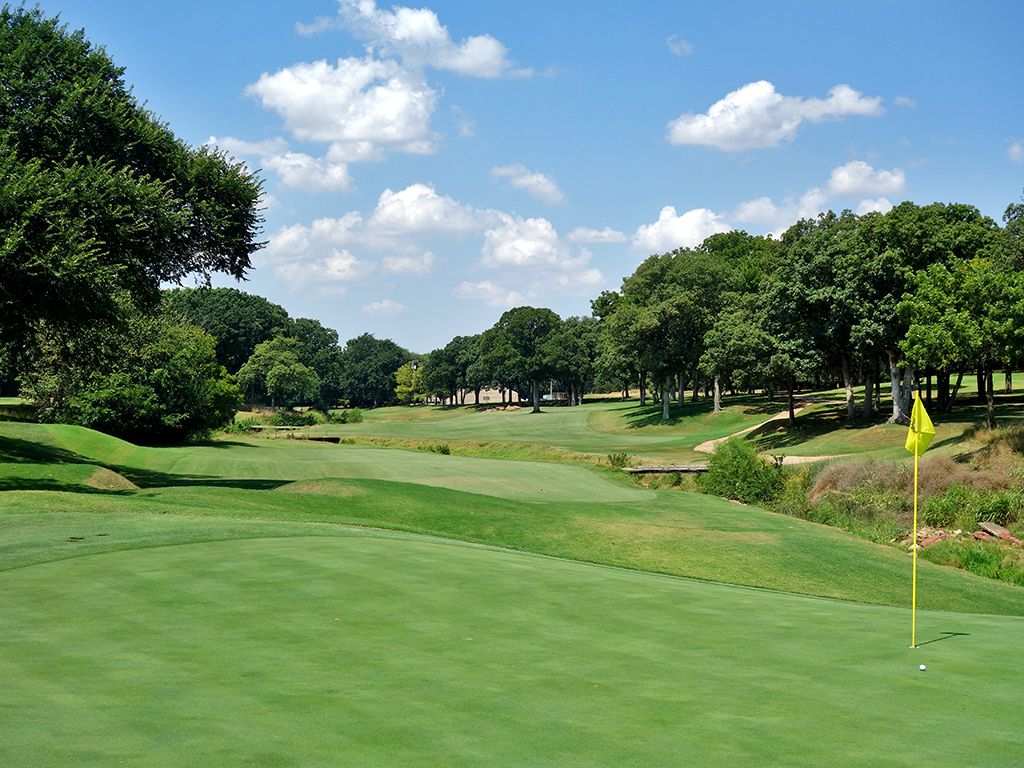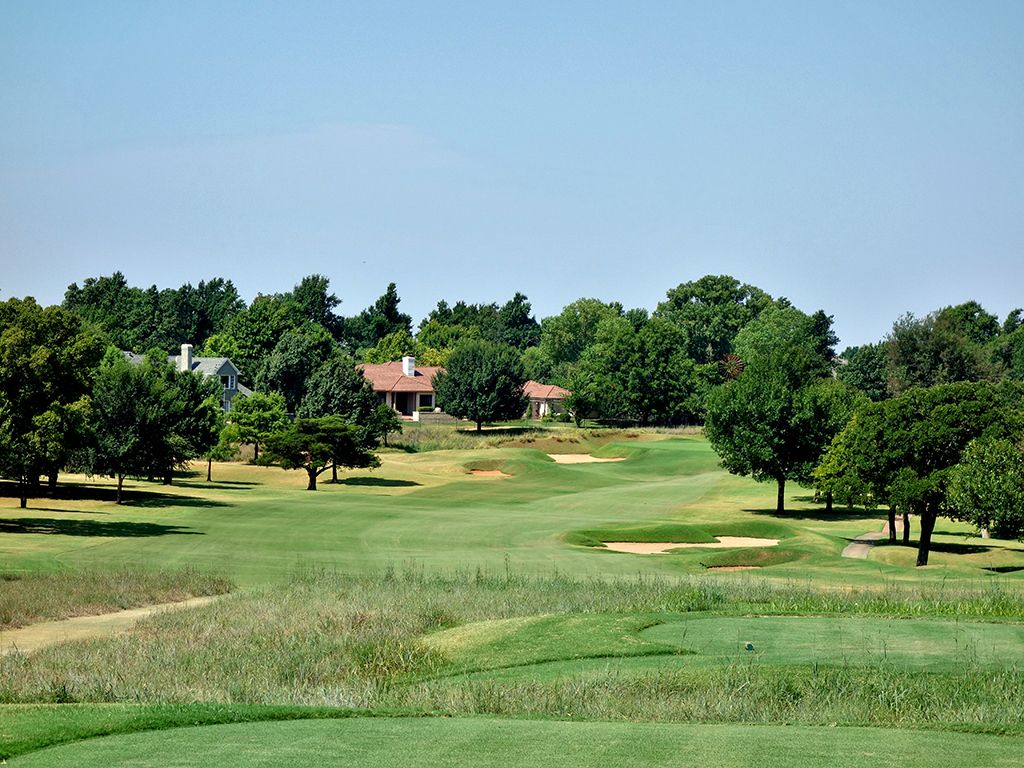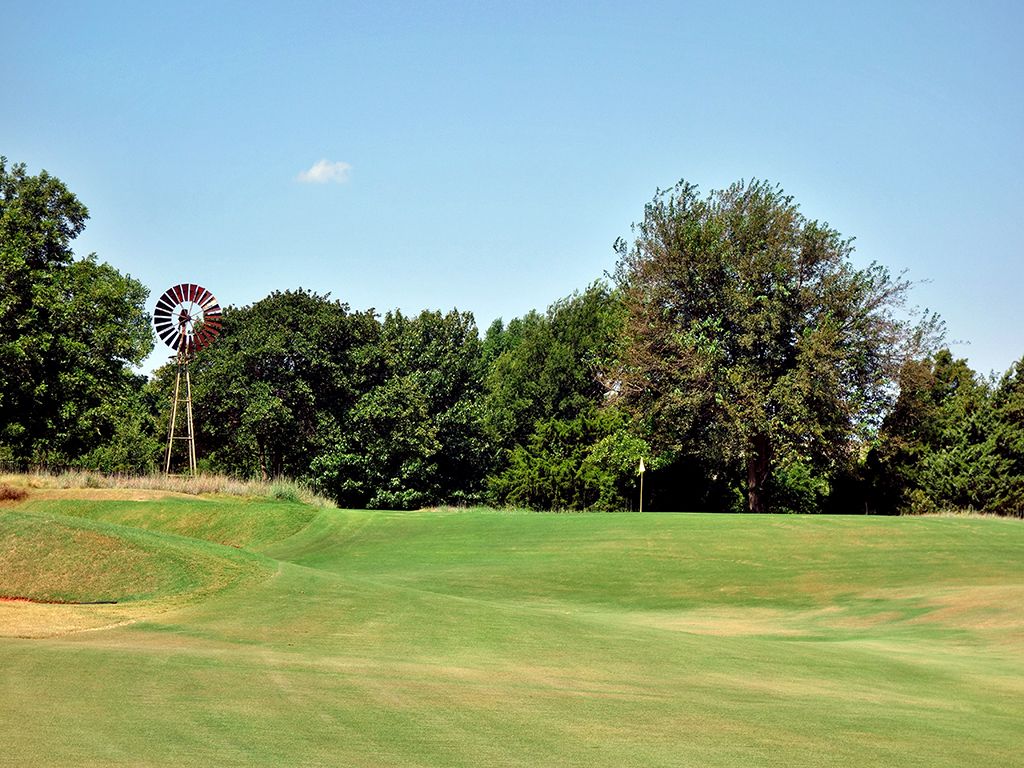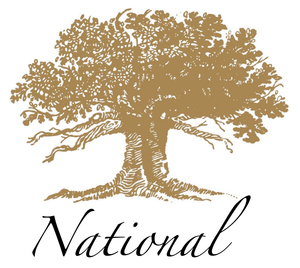 Golf Course Review by: Billy Satterfield
Golf Course Review by: Billy Satterfield
Rankings:
The Takeaway: Oak Tree National is a stout test worthy of hosting major championships. The variety and memorability of the hole designs are among the best I've seen, particularly in a location with relatively benign natural terrain. The course was designed prior to Pete Dye getting too crazy with some of his work but is still untraditional in some aspects. It's my favorite course in Oklahoma and one of the best in the Central Time Zone. Grade A-
Quick Facts
Designer: Pete Dye in 1976
Cost: Private
Phone Number: (405) 348-2004
Course Website: Official Website - Visit Oak Tree National's official website by clicking on the link provided.
Directions: Get here! - 1515 West Oak Tree Drive, Edmond, Oklahoma 73025 – UNITED STATES
Photos: See additional photos of Oak Tree National
What to Expect: Oak Tree National has a reputation as being extremely difficult, and frankly, it is well deserved. From the tips this Pete Dye classic is a test worthy of the best players in the world, just as it was when it hosted the 1988 PGA Championship (Jeff Sluman). The par threes are both gorgeous and terrifying all at once with each one featuring a carry over water or along side it with relatively small targets to hit. In classic Pete Dye fashion there are trees pinching in at various spots throughout the layout to inhibit access to greens, block driving lines, and test your mental fortitude as much as test your skill hitting the ball. There are also super sharp bunker edges and a rail car behind the 15th green; features Dye fans are accustomed to. The natural terrain at Oak Tree National is nothing special but Dye managed to do the necessary earth moving and that allowed him to create hole designs that are extremely memorable from start to finish with the par 3s and 5s being particularly special. Ultimately Oak Tree National manages to be a blend of crazy Pete and awesome Pete; not too much crazy to make things ridiculous and just enough awesome to make the holes enjoyable each time through. Do I want to play Oak Tree National everyday? Probably not. Did the design have me fully engaged when I did play it? Without question.
By the Numbers
| Tees | Par | Yardage | Rating | Slope |
|---|---|---|---|---|
| Black | 71 | 7410 | 79.3 | 155 |
| Silver | 71 | 6915 | 76.5 | 153 |
| Blue | 71 | 6424 | 73.1 | 145 |
| Green | 71 | 6008 | 71.5 | 138 |
Individual Hole Analysis
Signature Hole: 5th Hole – 592 Yard Par 5 – The walking path from the forward tee box leads right to the oak tree that is used in the club's logo and begs players to go left, right, or over it with their tee shot. Water flanks the entire left side with the fairway as it doglegs around the hazard and keeps it in play for anyone trying to cheat off some yardage. The approach shot is a bear on a windy day given the narrow width of the green coupled with the raised putting surface that sits sharply over the surrounding sand. A bladed approach shot will take a dive in the water behind the green if the sand isn't able to catch it first. This hole is a very solid test and further confirmation of how good the par fives are at Oak Tree National.
Best Par 3: 4th Hole – 206 Yards – The middle of Oak Tree National’s finest three hole stretch, the 4th is as beautiful as it is intimidating. From the tips, players are staring at a tee shot that must thread between trees that are pinching both sides of the aerial pathway to the green while a pond extends from the tee to the putting surface. The bailout is on the right where the sloping terrain could help kick a ball onto the green. The green is fairly large, so take enough club to take the water out of play and give yourself a chance to card a two or three.
Best Par 4: 18th Hole – 436 Yards – Pete Dye isn't afraid to close off angles and make you hit certain shots, and the 18th is an example of that. The closer at Oak Tree National is a late dogleg left and if you try to challenge the corner your ball could very well end up in a pot bunker or blocked out by the trees. Tee shots have to go up the middle or up the right side as long as you stay short of the quad of bunkers lying in wait. The approach shot plays to a raised green with a false front in the middle that is flanked by pot bunkers on each side. Pete requires you to golf your ball well all the way to the end at Oak Tree National, so don't lose your concentration until you are sitting at the 19th hole.
Best Par 5: 3rd Hole – 597 Yards – Recognized by Golf Digest as one of the Top 99 holes in America, the 3rd at Oak Tree National is an impressive test. With a fairway bunker gobbling up the right third of the fairway in the driving zone, driver may not be the best play here; especially since getting home in two is not a realistic scenario for the vast majority of golfers. The second shot plays up a fairway that tilts from right to left towards the water hazard that flanks that side of the hole, but if you get greedy and pound it too far up the right side you may find yourself blocked out by trees on the approach shot. The third shot plays from an undulated fairway to a small plateau green that is fronted by one of the deepest, nastiest, pot bunkers you'll ever see. Notoriously known as the Devil's " sphincter," par saves are few and far between from this heinous sand crater. This is just a great hole when you have to thoughtfully plan each shot before executing, because diabolical Pete is just waiting to punish you for a mistake.
Birdie Time: 16th Hole – 538 Yard Par 5 – More intrigue ensues on the par five 16th that yields a great birdie opportunity if you play it smart. A creek runs up the entire right side of the hole before it starts meandering across the fairway about 150 yards from the green and finishing left of the two greenside bunkers on the left side of the putting surface. Length is not the key here as the hole is reachable in two for a lot of golfers, but placement is critical. With trees crowding both sides of the fairway, the ideal play is a fade that starts up the more open left side before bending right with the shape of the fairway. The second shot should favor the right side of the green away from the water and where a bowl backstop can help feed balls back onto the putting surface. If you get it anywhere up by the green out of trouble then you are in great shape to hole out in the next two strokes and throw a birdie on the card.
Bogey Beware: 11th Hole – 465 Yard Par 4 – Oak Tree National is loaded with holes you can make bogey on, but the #2 handicap hole is what we will feature here. A lengthy par four, the tee shot plays to a fairway that slopes slightly left-to-right towards the large fairway bunker in the driving zone. Out of bounds lerks on the left side if you pull it hard towards the houses and trees line both sides of the fairway and will surely gives you issues if you aren't able to find the short grass. The approach shot plays to a raised plateau green with deep bunkers on the left and an old windmill behind. Coming up short will leave a testy pitch from an undulated entrance to the green and a difficult scenario to save par from. Like all holes at Oak Tree National, par is a great score here.


